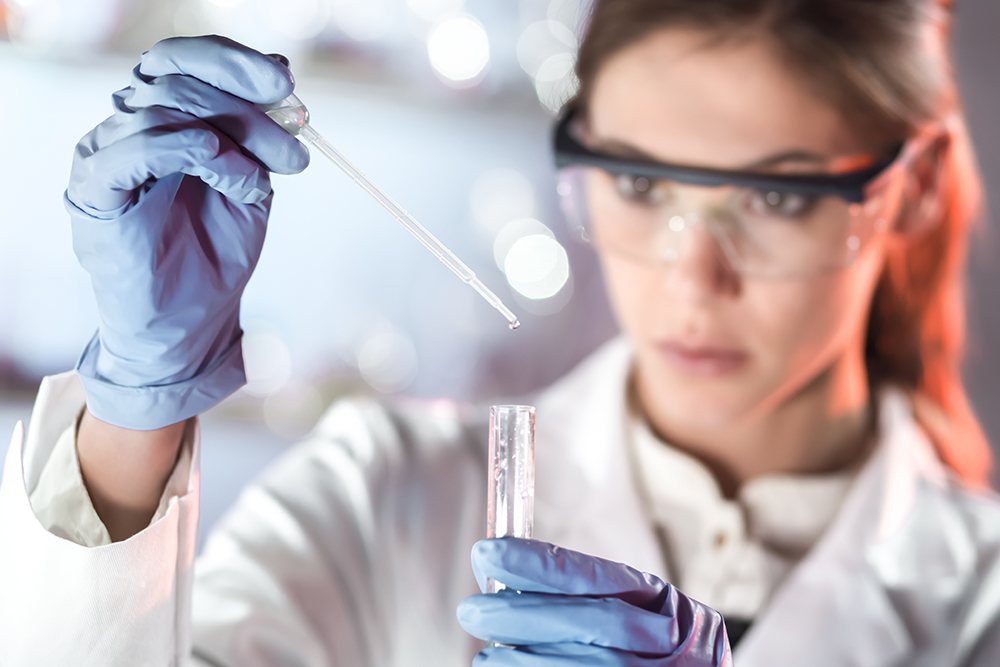

NMR-MS Based Metabolic Phenotyping Indicated SARS-CoV-2 Infection Affects Multiple Organ Systems *
Integrative NMR-MS Modelling of Quantitative Plasma Lipoprotein, Metabolic, and Amino Acid Data Reveals a Multi-organ Pathological Signature of SARS-CoV-2 Infection published by "https://pubs.acs.org/doi/10.1021/acs.jproteome.0c00519"
Metabolic phenotyping using nuclear magnetic resonance (NMR) spectroscopy and liquid chromatography-mass spectrometry (LC-MS) has been applied to the characterization of the metabolic effects of severe acute respiratory syndrome coronavirus 2 (SARS-CoV-2) infection on human blood plasma.
Metabolomic analysis was used to quantify key lipid and protein components of blood samples collected from symptomatic COVID-19 patients who had tested positive for the SARS-CoV-2 virus (n = 17) and compared to age and gender-matched controls (n = 25). All plasma samples were prepared according to standard procedures and analyzed by 1H-NMR using an Avance IVDr system,i.e. a Bruker Avance III HD 600MHz spectrometer. The analysis were run in full automation using the Bruker’s body fluid NMR methods package B.I.Methods 2.0 and the quantitative measurements of lipoprotein subfractions were determined using the Bruker IVDr Lipoprotein Subclasses Analysis B.I.LISA tool.
The numerous metabolic disturbances evident in samples obtained from patients with COVID-19 provided a high level of discrimination from healthy samples. Infection with SARS-CoV-2 virus resulted in an increase in markers of inflammation, such as elevated α-1 acid glycoprotein levels and a raised kynurenine/tryptophan ratio. Abnormal glucose and lipoprotein profiles were also observed that were indicative of diabetes and coronary artery disease. Levels of high-density lipoprotein triglycerides were low whereas the concentrations of low-density lipoprotein triglycerides and very-low-density lipoprotein triglycerides were high. In addition, elevation in multiple highly significant amino acid markers associated with liver dysfunction was apparent, as well as increases in glutamine/glutamate and Fischer’s ratios.
These changes in key metabolites provided a distinct metabolite signature of SARS-CoV-2 infection. The observed metabolic profile was used to develop a hybrid NMR-MS model through an orthogonal-projections to latent structures (O-PLS) method. The resultant model was validated using samples from additional SARS-CoV-2 positive patients and controls. The hybrid NMR-MS model demonstrated a sensitivity of 100% for SARS-CoV-2 infection, showing it to be an exceptionally powerful tool for the metabolic discrimination of samples infected by the SARS-CoV-2 virus.
This research has identified a distinct SARS-CoV-2 infection pattern. The wide-reaching metabolic effects observed in samples containing the SARS-CoV-2 virus indicates that the virus disturbs numerous biochemical pathways. The signature of SARS-CoV-2 positivity includes elements of liver dysfunction, dyslipidaemia, diabetes, and coronary heart disease risk. The current metabolic findings support recent clinical reports that COVID-19 is a systemic disease affecting multiple organs and systems.
Bruker NMR Instruments are not intended for Use in Clinical Diagnostic Procedures.


